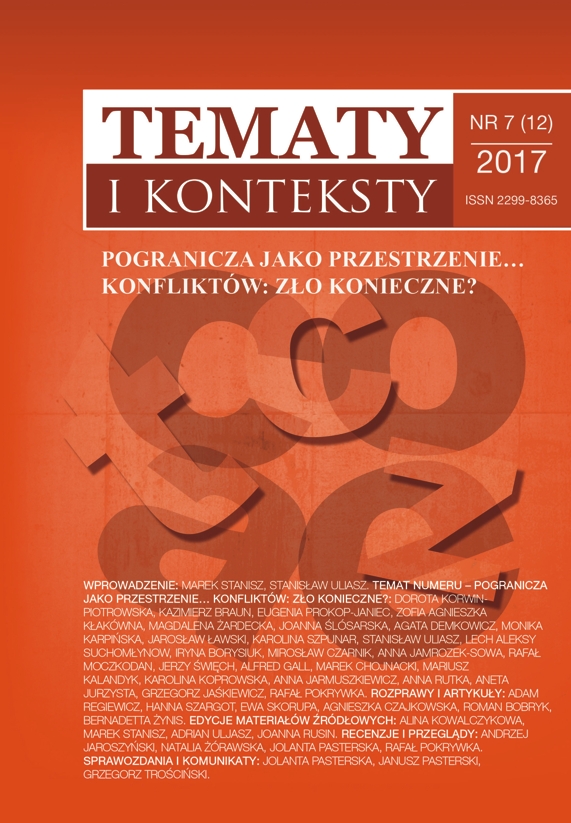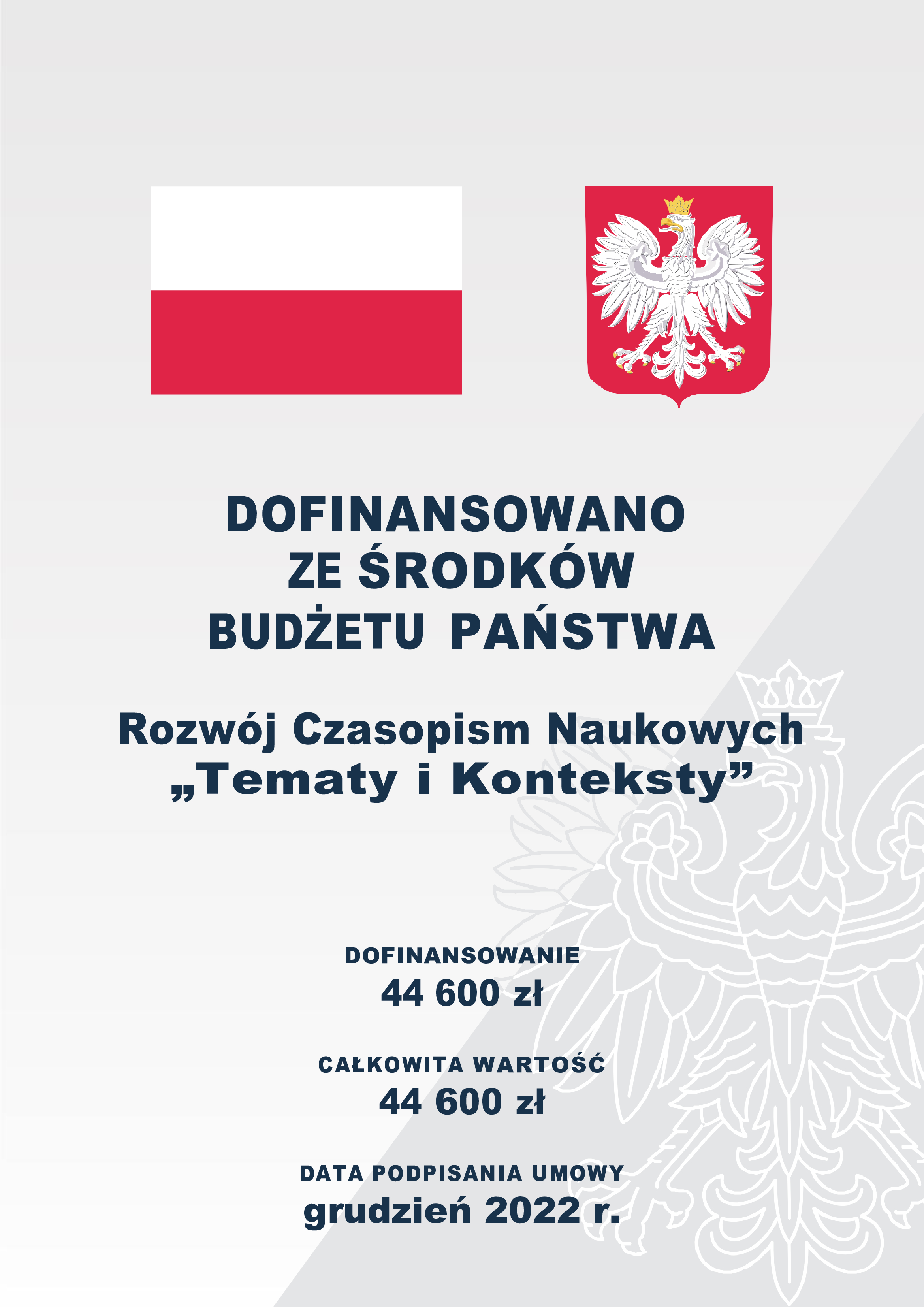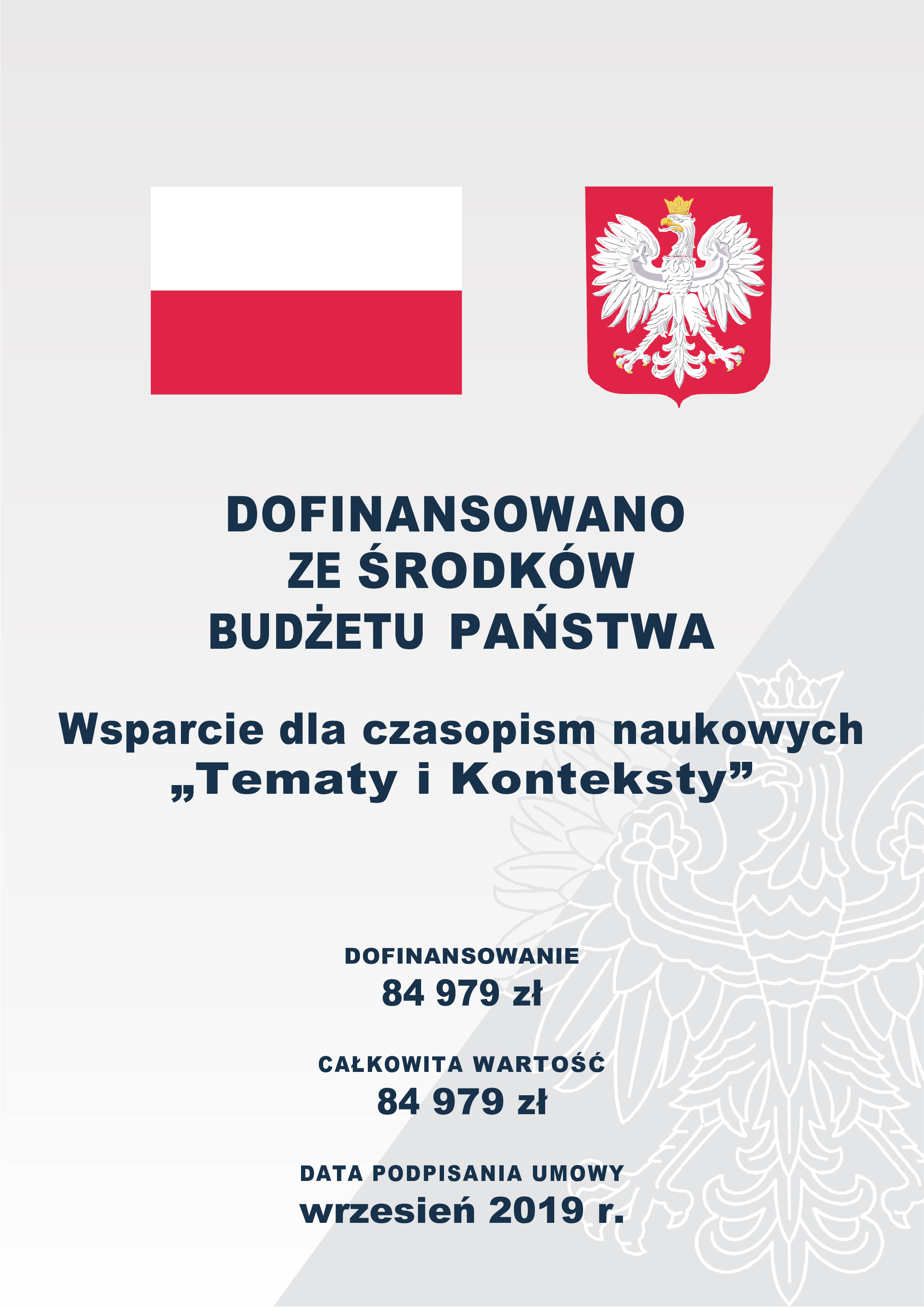Romanticism outside the vector of „influence”. Model of American-Polish cultural resonance
DOI:
https://doi.org/10.15584/tik.2017.10Keywords:
Polish and American culture, romanticism, influence, model of cultural resonance, circulation and transmission, freedomAbstract
The author of the article considers Polish-American literary and cultural relations from the 18th century to the times of romanticism. He notices that those relations fall into the model impossible to describe by the traditional models using the category of “influence” [Harald Bloom] or postcolonial dependence. The basis for American-Polish relations is the idea of freedom, fight for freedom and even a peculiar cult of freedom of both nations. The personifications of this common relation are the heroes of fight for freedom of Poland and the United States, namely Kazimierz Pułaski and Tadeusz Kościuszko. As the author notices studies on these relations lead to the conclusion that apart from dependence relations between historical and cultural phenomena in intercultural relations others may be observed. Thus, I describe American-Polish relations as a realization of a certain model called „the model of resonance, circulation and transmission” of values, patterns, common ideas. As the researcher indicates the model of this type also shapes postromantic relations between the United States and Polish culture, which may also be observed on the basis of studies on reception of such writers as James F. Cooper, August Antoni Jakubowski, Margaret Fuller, Ralph Waldo Emerson, Henryk Sienkiewicz, Karol Wojtyła, Czesław Miłosz.
Downloads
Downloads
Published
How to Cite
Issue
Section
License
Copyright (c) 2017 Tematy i Konteksty

This work is licensed under a Creative Commons Attribution-NonCommercial-NoDerivatives 4.0 International License.




